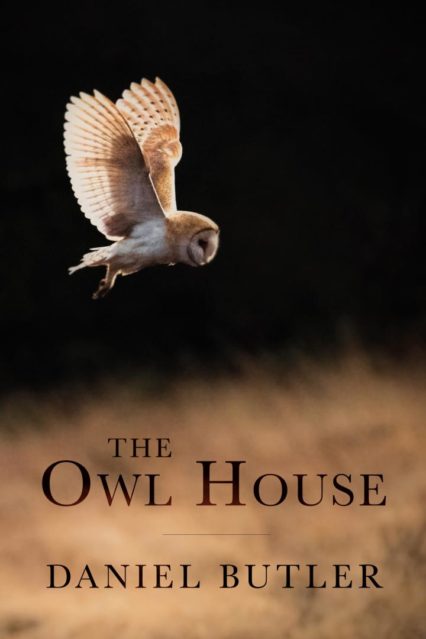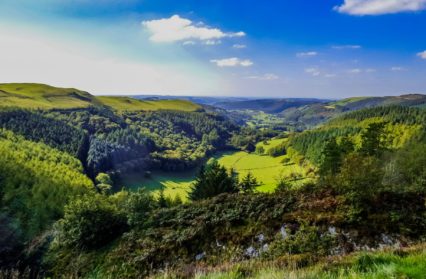As a result of local travel restrictions and limitations on time spent outside of our homes, many of us have recently grown to appreciate the beauty of nature more than ever before. Here, Gareth Smith reviews The Owl House by Daniel Butler, an informative and immersive documentation of the nature surrounding the author’s mid-Wales home.
Anyone appalled at the thought of having to read an entire book solely focusing on owls will be relieved to hear that Daniel Butler’s The Owl House, while delivering plenty of the titular birds of prey, is more varied and interesting than the pedestrian title suggests. Butler, a journalist who moved to an idyllic home in rural mid-Wales, documents an entire ecosystem in his account of the flora, fauna and fungi to be found among the Cambrian mountains.

Butler’s book recounts his experience with an array of Welsh wildlife since moving to an old farmhouse, Tan-Y-Cefn, several decades ago. He acknowledges his status as distinctly non-local, ‘an incomer rather than an outsider’, but luckily manages to avoid the excess of sentimentality that often accompanies descriptions of rural Wales. Despite this, some of the information provided at the beginning of the book generalises considerably. Welsh speakers in the South might be surprised to hear their area described as ‘anglophone’, while his insistence on describing Wales as ‘the Principality’ is irritating primarily because it is not accurate. Once Butler forgets nation and focuses on nature, however, it is difficult not to be infected by his obvious enthusiasm and knowledge.
The tone of The Owl House is very much that of a leisurely stroll with the author around his property as he notes and explains points of interest. The descriptions are informative without being overly technical, often invoking all five senses in order to encourage a fully immersive experience of the natural world. Butler covers plenty of ground across a relatively short book, incorporating discussions of falconry, forestry, mushroom collectors, bird migration and mining history. Some of the most interesting parts emerge from anecdotal digressions; the most bizarre and fascinating is reading that the army placed a red kite nest under twenty-four-hour guard due to the scourge of middle-aged egg collectors.
It is precisely Butler’s interest in placing nature within a historical and cultural context that provides The Owl House with its most engrossing moments. Whether discussing the role of owls in Welsh folklore or noting the shaping of the countryside by drovers, Butler is keen to continually emphasize the close relationship between humans and our environment. He frequently, and refreshingly, warns against romanticising nature and critiques the common narrative that places the Industrial Revolution as the beginning of human meddling in our ecosystem. He concludes with a focus on the hysteria which often accompanies ‘invader species’ stories, arguing instead that migration and diversity within nature are nothing new.
While it has become a cliché to suggest that books about the countryside are therapeutic during endless lockdowns, there is an element of truth to it in the case of The Owl House. Descriptions of expansive landscapes, tranquil lakes and sprawling woodland all have obvious appeal during a time when a stroll around nearby streets is as far as most of us can go. Reading about Butler’s rural, self-sufficient lifestyle and its accompanying picturesque views – without having to experience any of the strenuous effort required to live it – is an ideal (and lazy) antidote to another weekend spent on the sofa scrolling through Twitter.
Daniel Butler’s The Owl House is available now from Seren Books.
Gareth Smith is a regular Wales Arts Review contributor.











